Can You Put Neutral and Ground Wires on the Same Bus?
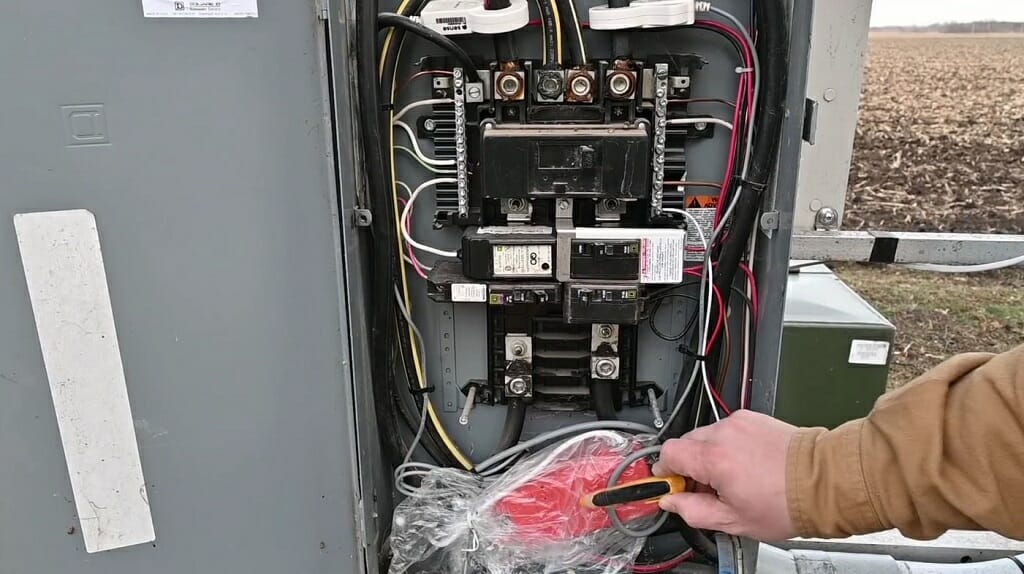
In general, you should never connect the neutral and ground wire onto the same bus bar. It will risk the safety of the electrical circuits. However, you are allowed to share a bus bar at the last point of disconnect. This situation applies in the main service panel only.
We’ll share more details in the article below.
Must-Know Things About Hot, Neutral, and Ground Wires
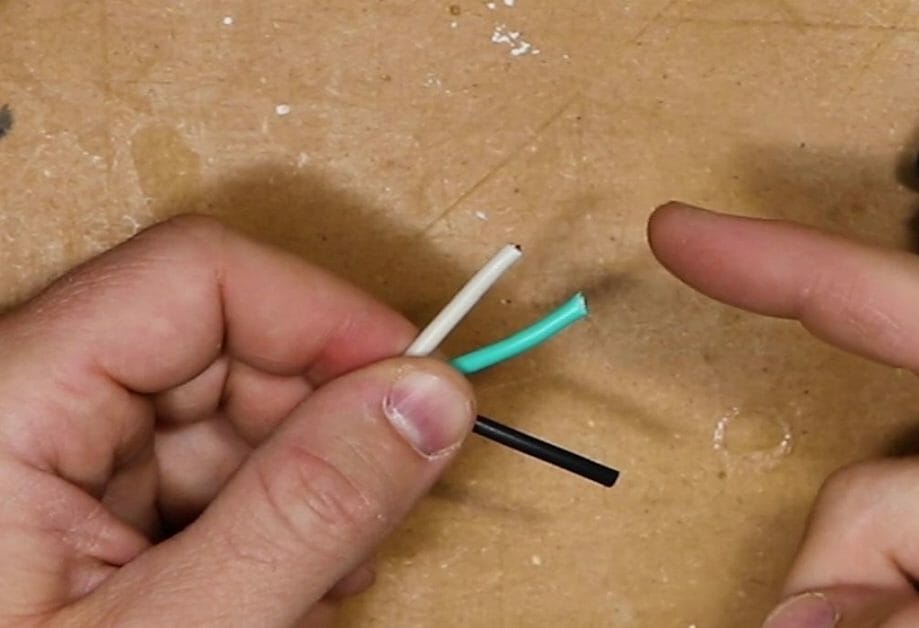
As a certified electrician, I always encourage my clients to get at least a basic knowledge of electricity.
Reaching beyond that sorely depends on your skills and commitment. Therefore, proper knowledge of hot, neutral, and ground wires can benefit you in different circumstances. This includes breaking down this article. So, here’s a simple explanation of these three wires.
Hot Wire
In most home electrical circuits, you’ll locate three wires with different colors; One black colored wire, one white colored wire, and one green colored wire.
Focus on the black wire. It is the hot wire and is responsible for carrying the load. Some might recognize this wire as the live wire. Either way, the purpose behind this wire remains the same.
In some instances, you may find more than three wires. Single phase power comes with two hot wires, one neutral wire, and one ground wire. Three-phase power comes with three hot wires, and other wires remain the same as the single phase.
Be mindful: Touching a hot wire while the circuit breaker is ON can electrocute you.
Neutral Wire
The white wire in your home electrical circuit is the neutral wire.
This wire serves as the return path for electricity. Simply, the neutral wire acts as the return path for electricity delivered by the hot wire. It completes the circuits. Remember, electricity only flows in a complete circuit.
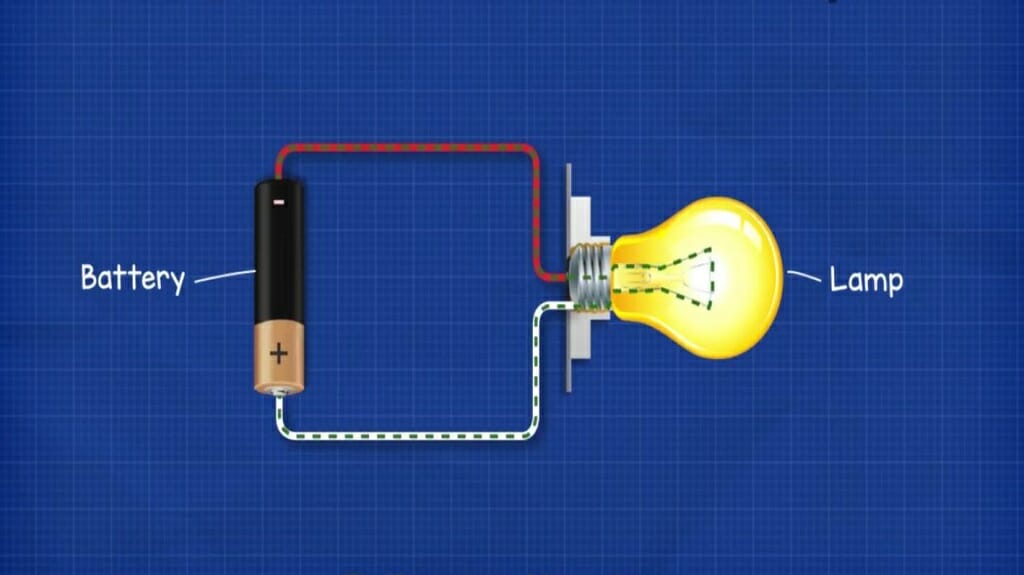
Examine the above image of direct current flow for better understanding.
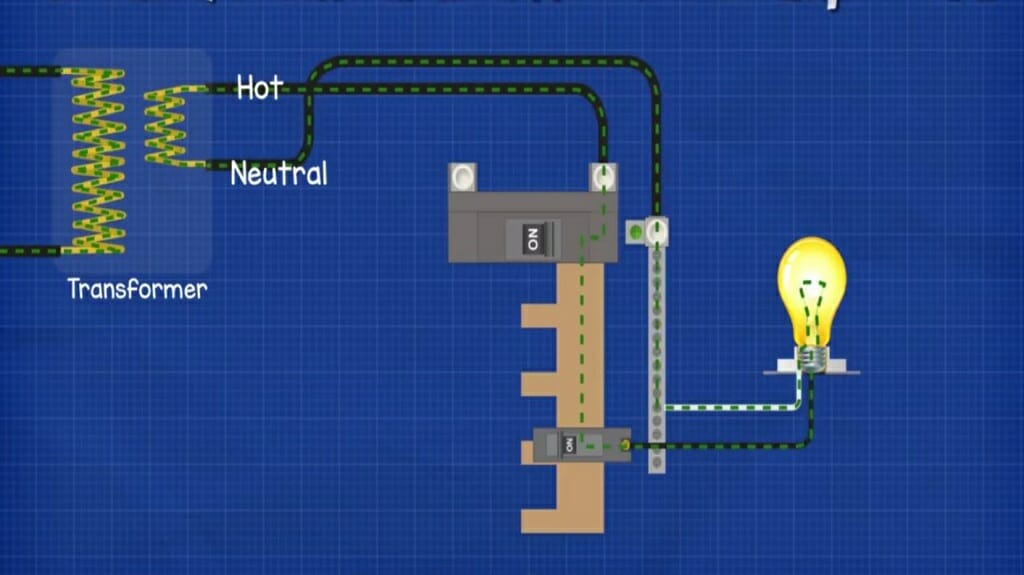
Now try to apply the same theory to the home electrical system.
Ground Wire
The green-colored wire is the ground wire.
Under normal situations, the ground wire doesn’t carry any electricity. But when a ground fault occurs, it will carry the load to the circuit breaker. Because of the higher load, the breaker will trip. This process protects you and your electrical appliances, and the ground wire serves as the second return path for electricity. It could be green wire or bare copper wire.
Be mindful of: The ground wires come with a lower resistance level. Therefore, the electricity travels through them pretty easily.
Is It Okay to Connect Neutral and Ground Wires onto the Same Bus Bar?
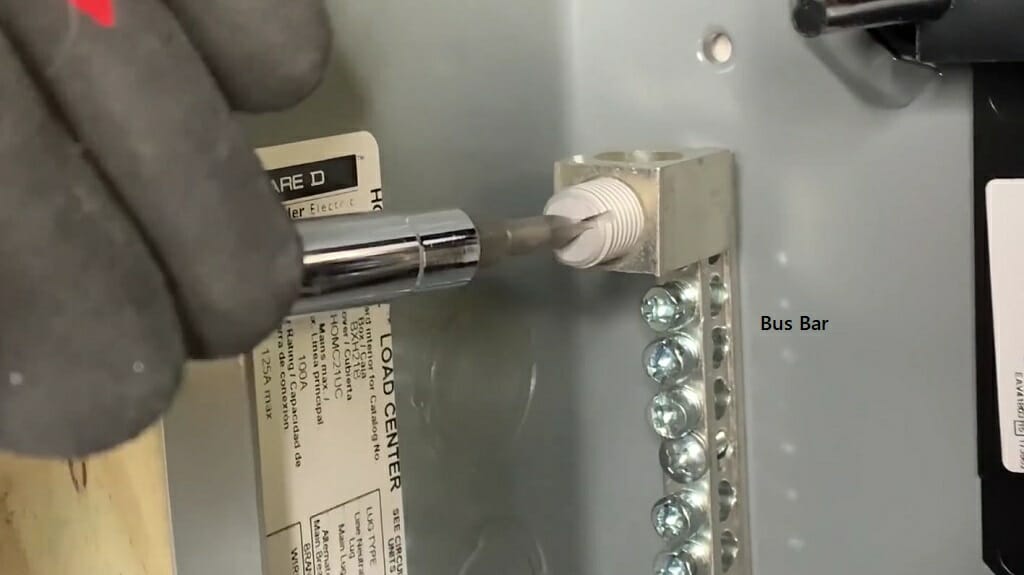
Well, the answer will change depending on the type of the panel; main panel or sub panel.
Main Service Panels
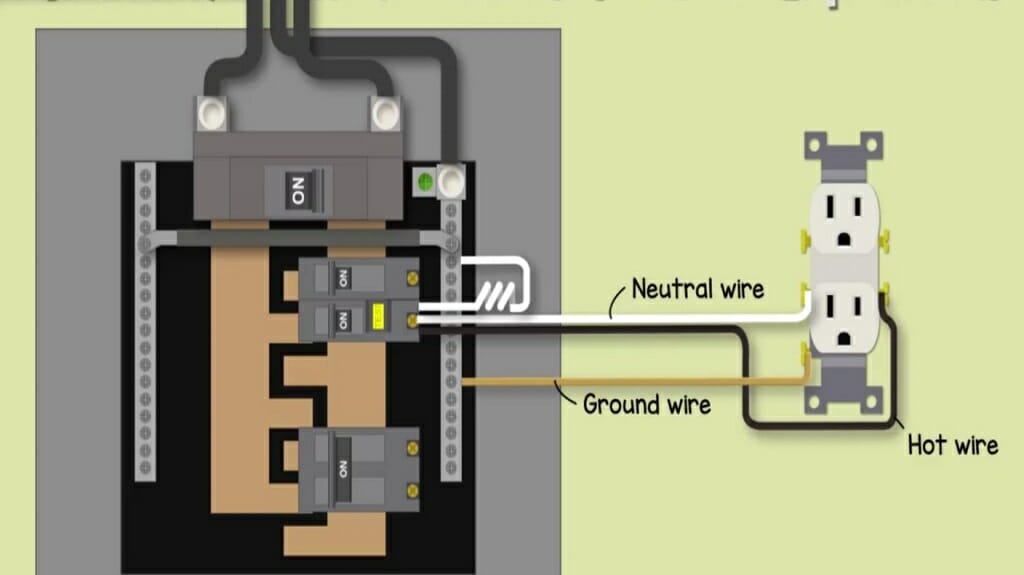
This is the entry point for electricity into your home. The main panel has a main breaker rated at 100 amps or 200 amps according to the total power requirement of your home.
In these main panels, you would see the ground and neutral wire connected to the same bus bar.
This is the only circumstance you are allowed to connect the ground and neutral wire onto the same bus bar. According to the 2008 version of the National Elec Code, this is required. So, don’t get surprised if you spot white and bare copper wire on the same bus bar.
The Reason
The primary reason for this same bus bar connection is that lightning strikes.
Imagine for a moment that lightning enters your main panel. It could fry all your sub panels, circuits, wires, and appliances.
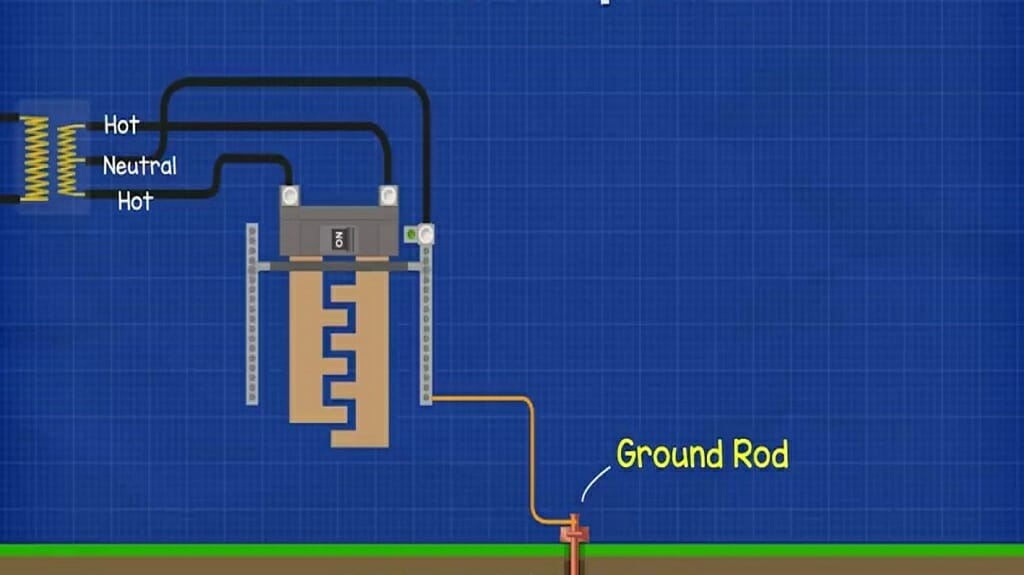
So, the neutral and ground wires connect to the grounding rod. This rod can send this misdirected electricity into the ground.
Be mindful of: You can set up a single bus bar for ground and neutral wires on the main panel.
Sub Panels
When it comes to sub-panels, it’s a whole different story. Here’s a simple explanation compared with the main panel to understand this matter.
If the main service panel is properly grounded, any misdirect current won’t travel toward the sub panel. Especially the lightning. So, you don’t need to connect ground and neutral wires onto the same bus bar.
Additionally, connecting ground and neutral to the same bus bar create a parallel circuit; One circuit with the neutral wire and the other with the ground wire. Eventually, this parallel circuit jam will allow some part of the electricity to flow through the ground wire. This might energize the metal parts of the circuits and electrocute you.
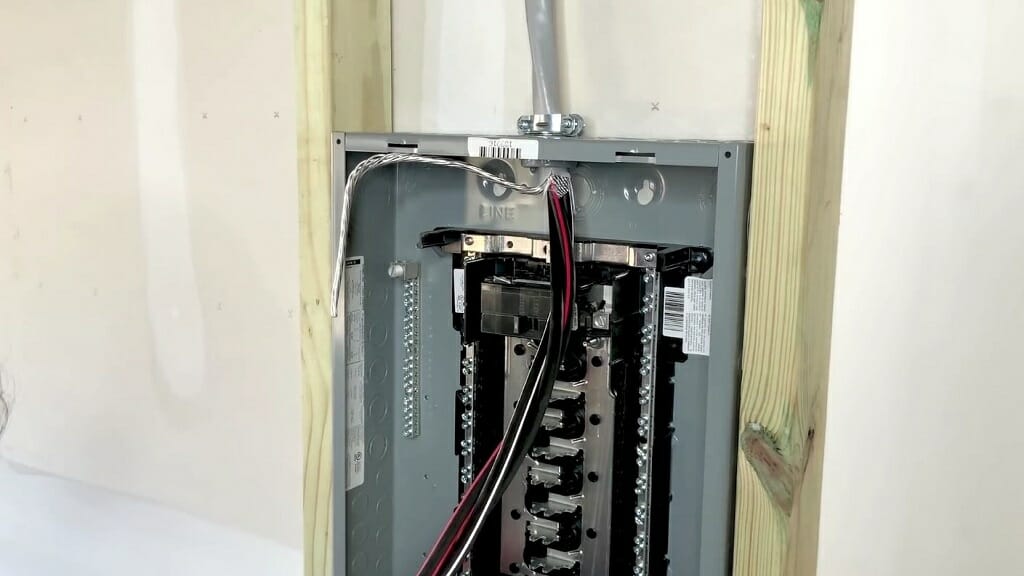
Be mindful of: Using one ground bus bar and a neutral bus bar is the best method for a sub-panel. Otherwise, you’ll end up with consequences.
How Does Alternating Current Works?
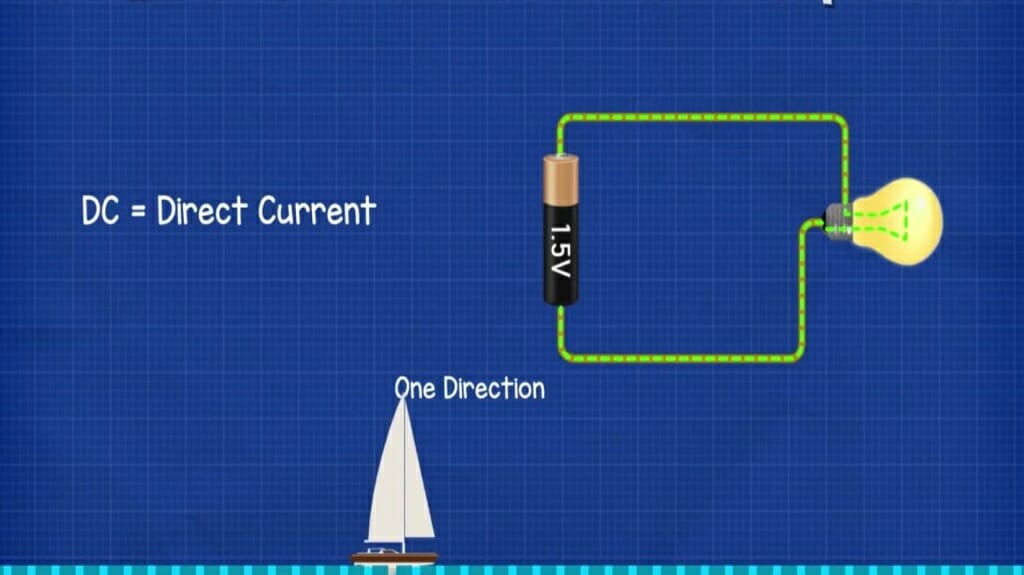
There are two forms of electricity; direct current and alternating current.
In direct current electricity flows in one direction. For instance, a car battery produces a direct current. It has a negative end and a positive end. The electrons flow from the negative to the positive.
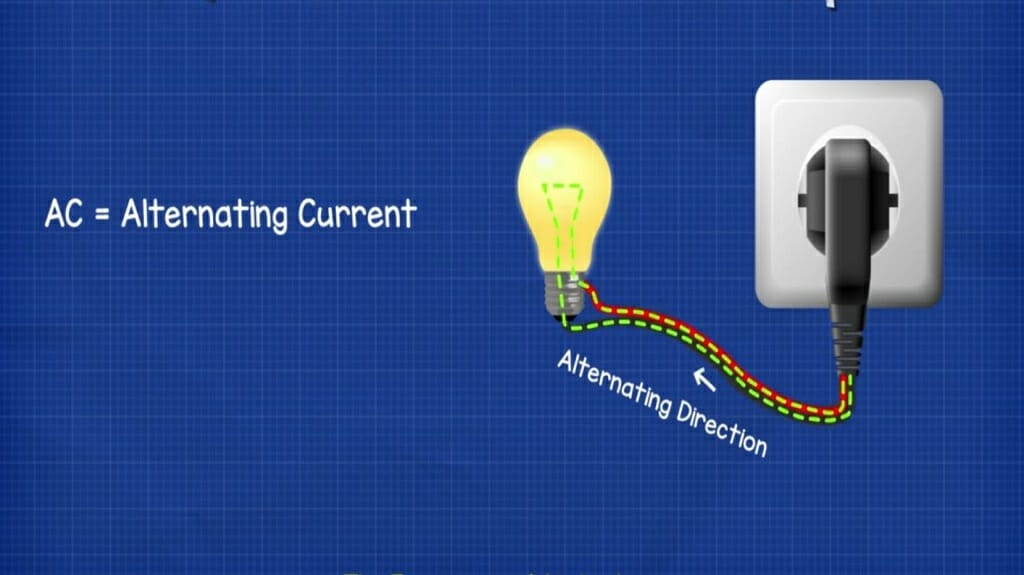
On the other hand, an alternating current is a form of electricity we use in our households.
As the name suggests, the alternating current flows in both ways. That means the electrons flow in both ways.
However, alternating current requires a hot and neutral wire to complete the circuits. Here are some key features of alternating current.
- Highly efficient while delivering through large-scale grids.
- Can travel long distances with the help of high voltages.
- Can be reduced to 120V accordingly.
I Cannot Find the Green Wire in my Home Electrical System
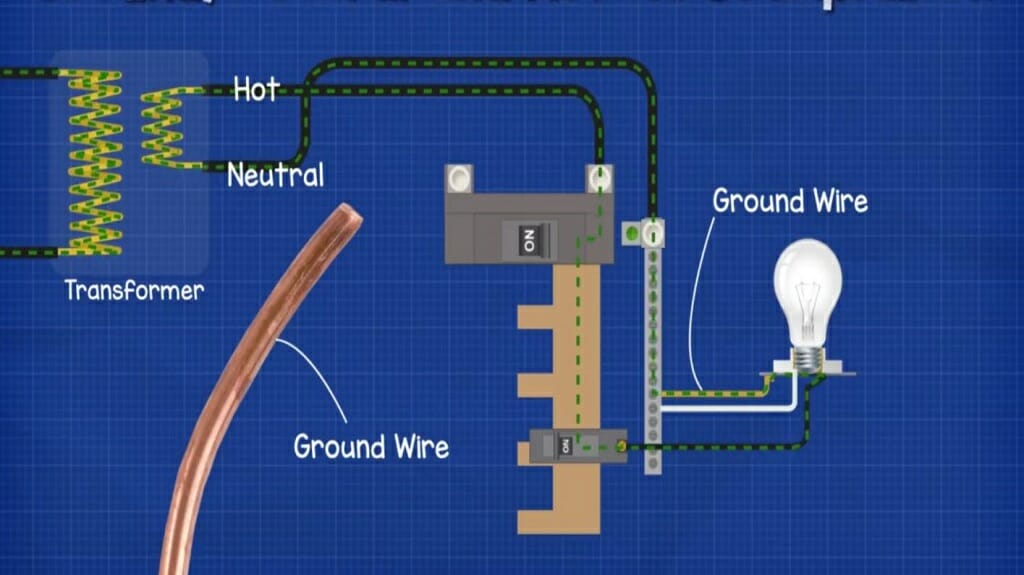
In the past, the green wire, aka ground wire, wasn’t common for most homes.
You may find yourself in this situation when you live in an old home. Not having a proper ground connection can be dangerous. So, upgrade the electrical system in your home. Make sure to ground all the electrical devices. (1)
A ground fault can occur at any given time. So, it is safer to have an alternative path for current to travel. Otherwise, you’ll be the alternative path for electricity.
Can a GFCI Circuit Breaker Protect my Home from Ground Faults?
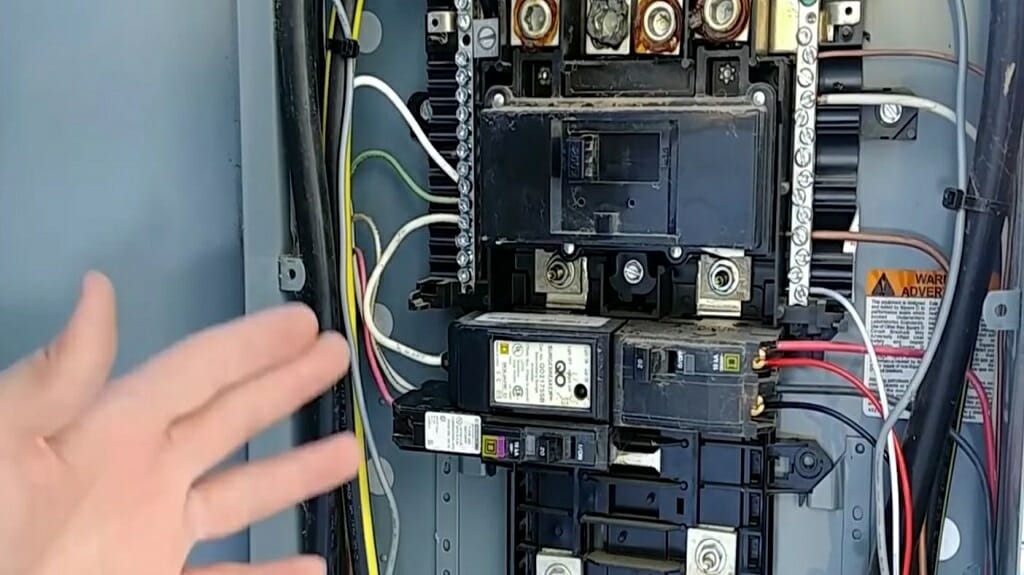
GFCI, aka Ground Fault Circuit Interrupter, is a breaker panel that can protect against ground faults.
They are larger than the ordinary circuit breaker and come with a few extra buttons. The test and reset buttons give the users much-needed flexibility.
These GFCI breakers can sense the amount of current that enters and exits the circuit. When the breaker detects any imbalance, it will react within one-tenth of a second to shut down the circuit.
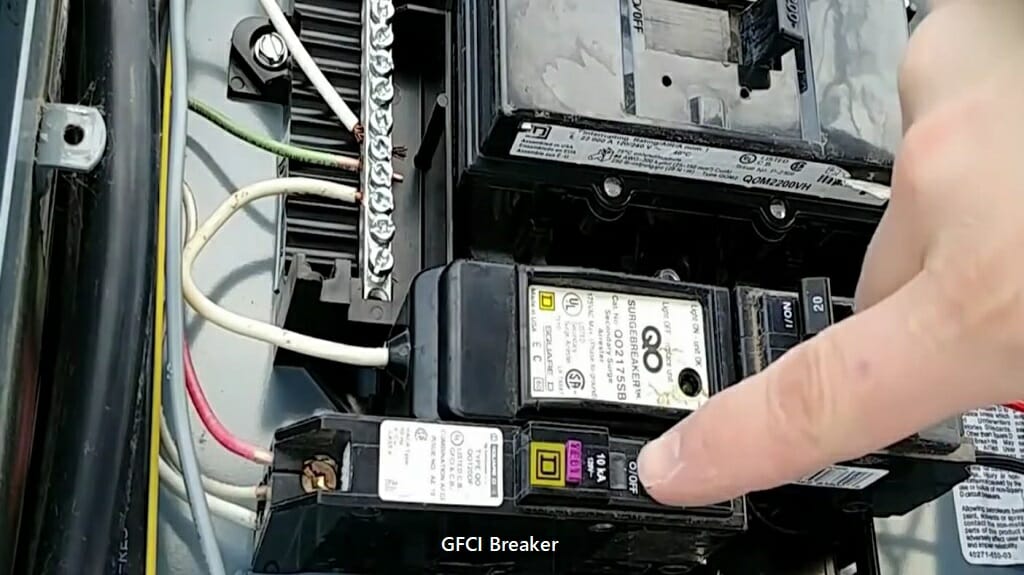
You might find these breakers in areas where the water contacts electrical appliances. If the electrical outlets are installed closely, these GFCI breakers can become very useful.
Some might argue about having both ground connection and GFCI breaker in a single household. But the safety of your family and home should be the top priority. So, having both protections is not a bad idea at all. (2)
Wrapping Up
To sum up, if you are using the main panel, connecting ground and neutral wires onto the same bus bar can be justified. But when it comes to a sub-panel, install a ground bus bar and neutral bus bar on the panel. Then, connect neutral and ground wires separately.
Don’t risk the safety of your home carelessly. Complete the wiring process correctly. If needed, hire an electrician for this task.
Take a look at some of our related articles below.
- Can I connect red and black wires together
- What to do with ground wire if no ground
- What size wire for a 40 amp breaker
References
(1) old home – https://www.countryliving.com/remodeling-renovation/news/g3980/10-things-that-growing-up-in-an-old-house-taught-me-about-life/
(2) family – https://www.britannica.com/topic/family-kinship
Video References
Benjamin Sahlstrom
The Engineering Mindset
SgtDonovan
GalcoTV
